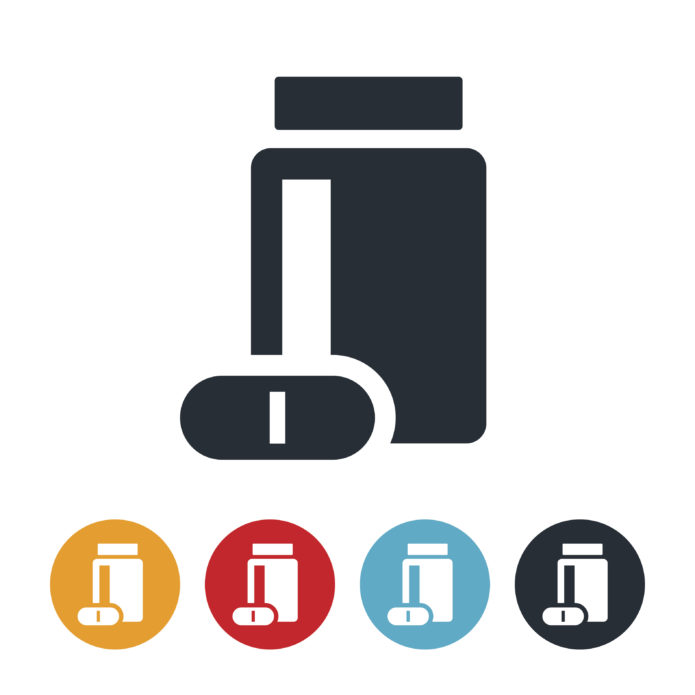** The grace period for THC products under Prop 65 is over – signaling that actions may begin for Prop 65 enforcement **
By: Brent E. Johnson
On January 3, 2020, delta-9-tetrahydrocannabinol (known as THC) was added to the Prop 65 list of chemicals because exposure during pregnancy may affect the development of the child. Given the one-year grace period under Prop 65, the enforcement period began on January 3, 2021. THC is the principal psychoactive constituent of cannabis, and because marijuana smoke has been a Prop 65 chemical (as a carcinogen) for well over a decade, the cannabis industry is well aware of its obligations under Prop 65.
But what about CBD? Is it exempt because (by definition) it has a very low level of THC? As we’ve discussed previously, CBD products should be made from hemp containing less than 0.3% THC by dry weight. See 7 U.S.C. § 1639o(1). Unfortunately, the California Office of Environmental Health Hazard Assessment (“OEHHA”) has not established a safe harbor level for exposure to THC – which means private enforcers can argue that any detectable amount of the chemical subjects a CBD product to Prop 65.
This puts CBD companies between a rock and hard place. Either spend the time and money to work with experts to develop a safe use determination for THC – calculating daily exposure levels compared to exposure levels that may be “safe” pursuant to an independent scientific evaluation following the requirements of the Prop 65 regulations – and then hope it is ultimately established and accepted as a defense to Prop 65 enforcement actions or tolerate the scarlet letter of a Prop 65 warning on products sold in California, which by all estimates is one of the largest markets for CBD.
Prop 65 puts the burden on all companies in the chain of distribution of CBD – manufacturers, suppliers, distributors and even retailers in certain circumstances. With this target on their backs, industry participants should be wary of enforcement actions, which are expected to begin soon after the January 3, 2021, compliance deadline.

